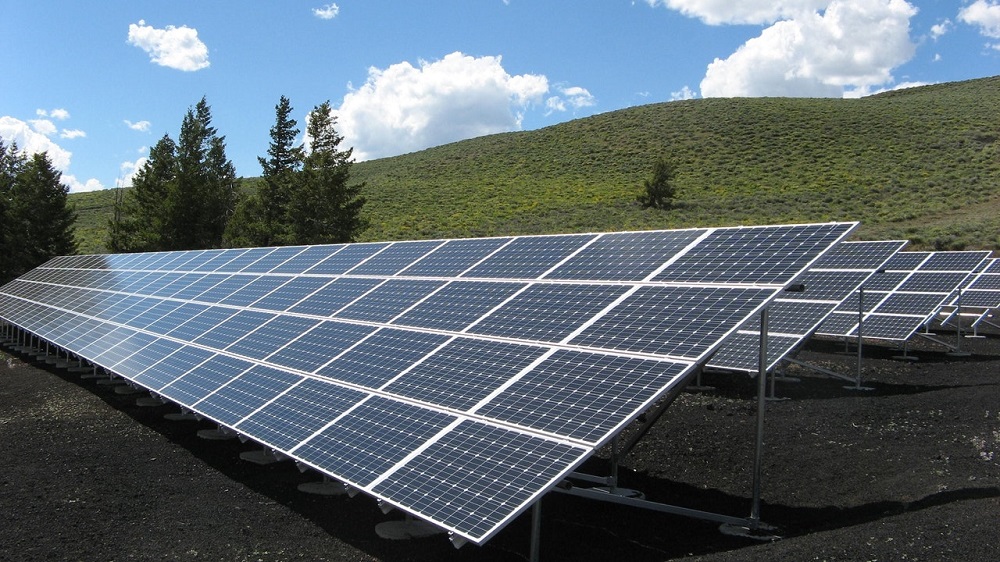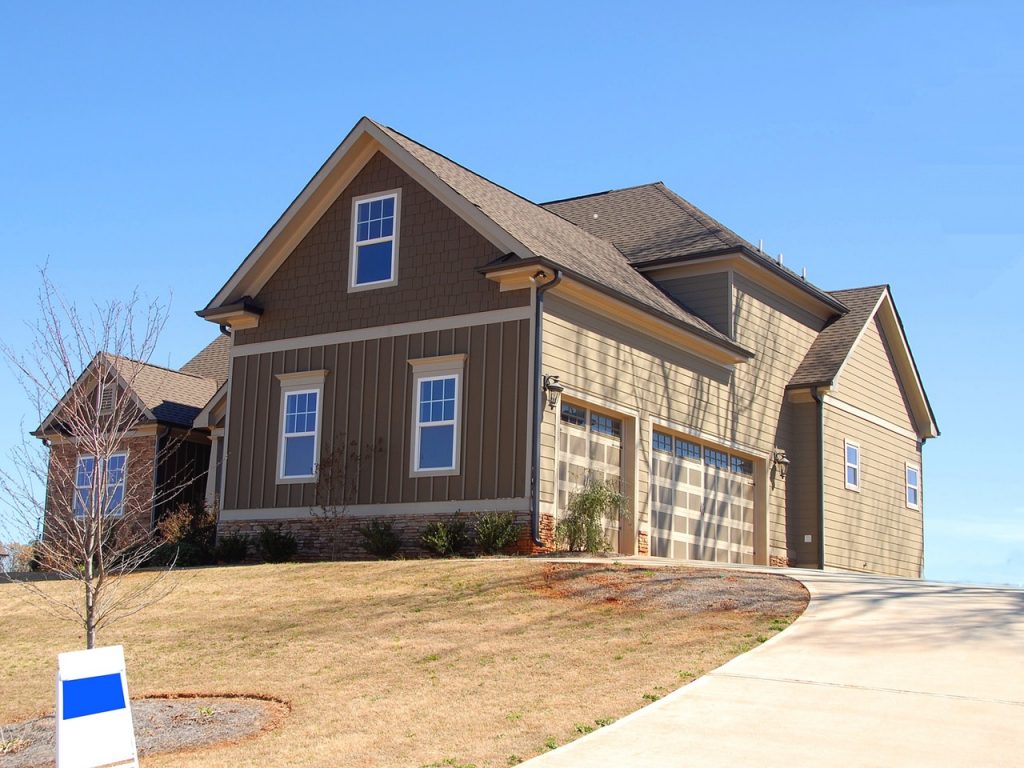What is Eco Friendly Construction?
Eco-friendly, or ecological, construction is building a structure that is beneficial or non-harmful to the environment, and resource efficient. Otherwise known as green building, this type of construction is efficient in its use of local and renewable materials, and in the energy required to build it, and the energy generated while being within it.
Eco-friendly construction has developed in response to the knowledge that buildings have an often negative impact upon our environment and our natural resources. This includes transporting materials hundreds or thousands of miles, which has a negative impact in the energy required to transport them, and also in emissions of hazardous chemicals from a poorly designed building that creates, and traps them.
Features of Ecological Building and Some Techniques.

In more conventional building construction, it is how technology and building materials merge and create ecological resources that are the key to green success, as well as using simple and readily available materials.
For example, using pulped recycled paper for roof insulation is a simple but highly effective ecological resource. The damage to human health from asbestos insulation, laid out in rolls in thousands of UK homes, is now well known. Asbestos also takes hundreds of years to decompose in landfill.
Other features of an Ecological Building:
– The varied use of solar panels for domestic hot water heating,
– Water conservation, possibly including biological waste water treatment and re-use, and the simple collection and recycling of rainwater for garden use,
– Low energy lightbulbs, which can last up to 100 times longer than regular bulbs,
– Cellulose insulation (like the paper in the above example),
– Non-toxic or lead-free paints and wood preservatives,
– Locally-grown and harvested timber from sustainably managed forests.
Where to Find Examples of Ecological Building?

Local Councils and Housing Associations in the UK are now exploring the benefits of ecological construction, and estates constructed on these principles have been built in Edinburgh, in the Cambridgeshire village of March, and several in London.
An interesting project in the capital is BedZED, in the borough of Sutton, which utilises solar heating and heat given off by the occupants, combined with a small power plant using wood off-cuts, to heat and power each house, and achieves zero carbon emissions.The estate was planned to be built with materials that were sourced from within 35 miles. This development consists of 82 housing units, owned and managed by the Peabody Trust. It is a great example of a sustainable development building estate, combined with the principles of social housing.
Where to learn to build ecologically?
To provide inspiration to those of us who want to build ecologically, many UK regions have a demonstration eco-house as a feature within a local Centre for Sustainability, such as The Centre for Alternative Technology, near Machynlleth, Wales, the Create Centre in Bristol, and at the Findhorn Foundation, near Forres, Scotland. These are all set up as educational centres with ecological and sustainable development at their core, which offer eco-construction courses and advice.
Eco construction as a national priority.
Other European Countries, particularly Germany, are making eco-construction a national priority, as part of a Governmental response to sustainable development. Currently, there is no Internationally-agreed target for reducing carbon emissions, but several Governments and Non-Governmental Organisations (NGO’s) are recognising that the built environment plays a huge role in this.
There are now many examples of eco-building around – from simple designs to elaborate constructions. They can be a challenge to conceive and create, but by doing so, we benefit from being in them, and the Environment appreciates it too!

The above materials for the article are provided by http://www.sustainablebuild.co.uk
<a href=”http://www.sustainablebuild.co.uk” target=”_new”>Reproduced courtesy of www.SustainableBuild.co.uk – sustainable building, development and eco construction techniques</a>
What is OKFIL and ECO-ventilation?

OKFIL Window Filter is an ecofrinedly device for positive ventilation and making homes full of clean air. There are at least three reasons to call OKFIL Window Filters ecofriendly:
1. They do not consume electricity at all.
2. They purify the street air and improves Indoor Air Quality.
3. They help to save energy at heating and cooling homes because allow keeping windows closed all the time.
And OKFIL Window Filters very much suit to ECO construction area. Most buildings have windows and most windows need valves for positive ventilation. Choose to go with OKFIL and get profit of making clean air in every house. If you have questions about window filters please contact us.
